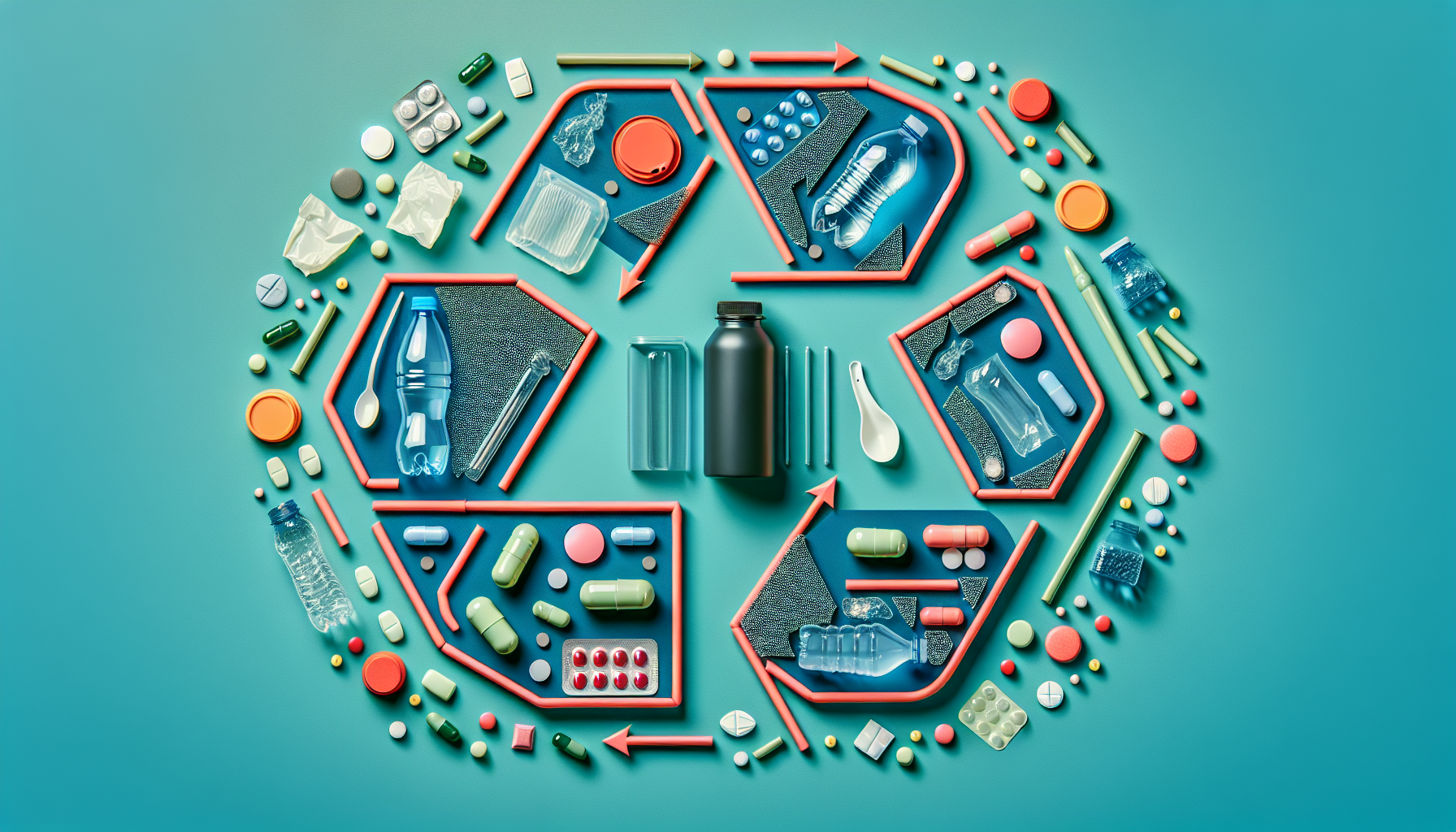
Hacking Life’s Code: How E. coli Became the Ultimate Platform for Turning Plastic into Painkillers
Look around your desk. Chances are, you can spot a piece of single-use plastic—a water bottle, a coffee cup lid, some packaging. Now, imagine that plastic waste could be transformed into something incredibly valuable, like vanillin for flavorings or even the building blocks for common painkillers. It sounds like science fiction, but it’s the reality unfolding in labs right now, and the hero of the story is an organism you’ve probably only heard about in a negative context: Escherichia coli, or E. coli.
But this isn’t just a story about biology. It’s a story about programming, platforms, and a new kind of software. For developers, entrepreneurs, and tech professionals, the work being done with E. coli is a profound glimpse into the future—a future where the lines between code and chemistry blur, and the principles of software development are applied to the very source code of life. This is the dawn of the bio-economy, powered by an unlikely alliance of bacteria and cutting-edge tech.
The Original Open-Source Platform: Why E. coli?
In the world of software development, we have foundational platforms. Think Linux—a robust, open-source, and incredibly well-documented operating system that countless innovations have been built upon. In the world of synthetic biology, E. coli is the Linux of the microbial world.
For decades, scientists have been studying E. coli. We understand its genetic makeup—its “source code”—better than almost any other organism. It grows quickly, is relatively simple to manipulate, and its internal processes are thoroughly mapped. This makes it the perfect “chassis” or runtime environment for new biological applications. Scientists can:
- Edit the Code: Using tools like CRISPR, they can comment out, delete, or insert new genetic “functions.”
- Install New Apps: They can introduce new metabolic pathways (a series of chemical reactions) from other organisms, essentially giving E. coli new capabilities.
- Debug and Optimize: They can tweak its genetic programming to make it more efficient at producing a desired compound.
This deep understanding and ease of modification have made E. coli the go-to workhorse for bio-manufacturing, moving it far beyond the lab and into the realm of industrial-scale innovation.
The Ultimate Refactor: From Plastic Waste to Valuable Product
So how does this bacterial platform turn a plastic bottle into a painkiller? The recent breakthrough from the University of Edinburgh provides a brilliant case study in biological programming.
The process starts with PET plastic, the kind used in most drink bottles. When broken down, it produces a chemical called terephthalic acid. On its own, this acid isn’t very useful and is a persistent pollutant. But the researchers saw it not as waste, but as a raw input—a variable waiting to be processed.
The Biological ‘API’ Call
Their challenge was to create a multi-step biological program inside E. coli that could take terephthalic acid and convert it into something valuable. Their first target was vanillin, the compound responsible for the flavor and smell of vanilla.
Here’s a simplified breakdown of their ‘code’:
- Input: Introduce terephthalic acid into the E. coli’s environment.
- Function 1: The engineered E. coli uses a specific enzyme (a biological catalyst) to start converting the acid.
- Function 2-5: A series of subsequent, precisely controlled enzymatic reactions, all orchestrated by the new genetic code inserted into the bacteria, continue the transformation.
- Output: The final product, vanillin, is produced.
Crucially, the team managed this conversion with remarkable efficiency and at room temperature, a stark contrast to the energy-intensive chemical processes traditionally used. They essentially built a sustainable, microscopic factory. And vanillin is just the beginning. The same foundational pathway can be tweaked to produce other useful chemicals, including those used in pharmaceuticals, demonstrating the platform’s versatility.
The Tech Stack Powering the Bio-Revolution
This level of biological engineering wouldn’t be possible without a powerful tech stack that mirrors the tools we use in software development. This is where the world of bits and atoms


